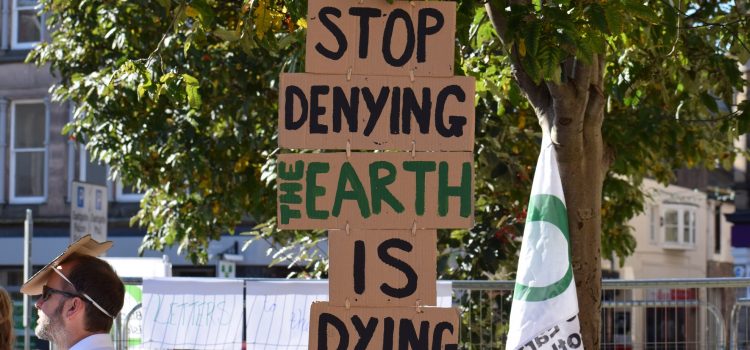
Scotland has set ambitious climate targets to reach net zero emissions by 2045. This means achieving a balance between the amount of greenhouse gas emissions and the amount removed from the atmosphere. The Scottish Government has established interim targets of a 75% reduction by 2030 and a 90% reduction by 2040, relative to 1990 levels. These targets also include yearly goals that outline planned emissions reductions. Scotland’s climate change plan sets its net zero target five years ahead of the UK, and includes emissions from aviation and shipping without allowing for carbon credits.
To meet these targets, the Scottish Government is committed to generating 50% of its energy needs in heat, transport, and electricity consumption from renewable sources by 2030. They also aim for a near-complete decarbonization of energy by 2050. Offshore wind power capacity is expected to expand to 8-11 Gigawatts (GW) by 2030, and hydrogen production to reach 5 GW by 2030 and 25 GW by 2045. The plan also calls for reductions in oil and gas production.
Scotland has implemented a ban on single-use plastics, and aims to reduce emissions in the waste management sector from 1.5 million tonnes in 2021 to 1.2 megatonnes by 2025 and 0.8 megatonnes by 2030. The plan also targets a one third reduction in food waste from 2013 to 2025, and aims to stop all biodegradable municipal waste from going to landfill by 2025. The Scottish Government has already banned certain single-use plastics, such as cutlery, plates, and stirrers.
Industry contributes almost 30% of Scotland’s total greenhouse gas emissions, but significant progress has been made since 1990. In order to meet emissions targets, the sector must decrease emissions by 43% by 2032. Research shows that industrial emissions could be reduced by 80% by 2045 without affecting output. Carbon capture and storage (CCS) plays a crucial role here, enabling the storage of carbon from industrial processes.
Heat in buildings is responsible for 20% of Scotland’s greenhouse gas emissions. The climate plan targets a 68% reduction in emissions for homes and non-domestic buildings between 2020 and 2030. In order to achieve this, 50% of homes need to convert to low carbon heating systems by 2030, and at least 22% of heat should be supplied from renewables. Converting homes that currently use high emission sources to zero emissions heating is a priority, as well as converting non-domestic properties. Fossil fuel consumption used for heat in buildings will need to be reduced by 28 terawatt hours (TWh).
Transport is Scotland’s largest source of domestic greenhouse gas emissions. The government aims to halve emissions in the transport sector from 2019 to 2030. They plan to phase out new petrol and diesel cars by 2030 and transition to 100% battery electric vehicle sales. A 20% decrease in kilometers traveled by car is also planned. Low emission zones are being established across the country, and initiatives to decarbonize scheduled flights in Scotland by 2040 are in progress.
The Climate Change Plan aims to reduce emissions from agriculture by 31% by 2032 compared to 2018 levels. Livestock contributes significantly to agricultural emissions, and the government is implementing more requirements for farmers and crofters to take positive environmental actions.
Scotland’s climate has already changed, and the government prioritizes adapting to the changing climate in addition to reducing emissions. The average temperature in Scotland has risen by 0.5C in the past three decades, while the ten hottest years on record have occurred since 1997. Adaptation strategies are led by Adaptation Scotland, with funding from the government.
Land use, land use change and forestry (LULUCF) play a significant role in combating climate change in Scotland. Strategies to maintain and increase tree cover, restore peat, and improve soil quality help reduce greenhouse gases and increase carbon absorption. The government plans to shift land out of farming and into grasslands and forestry to increase emissions captured. Woodland creation is set to increase, as well as peat restoration.
Carbon capture and storage (CCS) is central to Scotland’s plans for net zero emissions. While controversial, CCS enables carbon from industrial processes to be stored instead of being emitted into the atmosphere. The Acorn project is a CCS facility that intends to store captured emissions under the North Sea, but funding decisions have caused delays. There are concerns about the potential impact and limitations of CCS technology